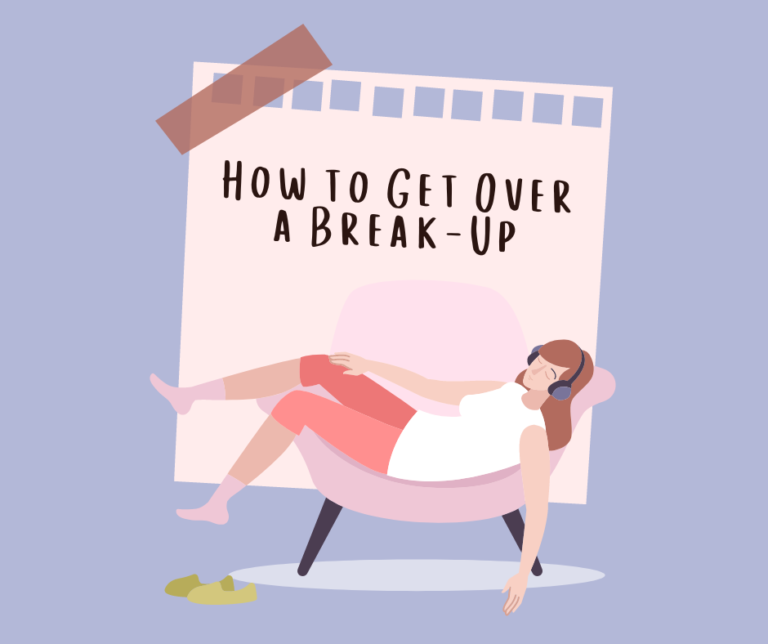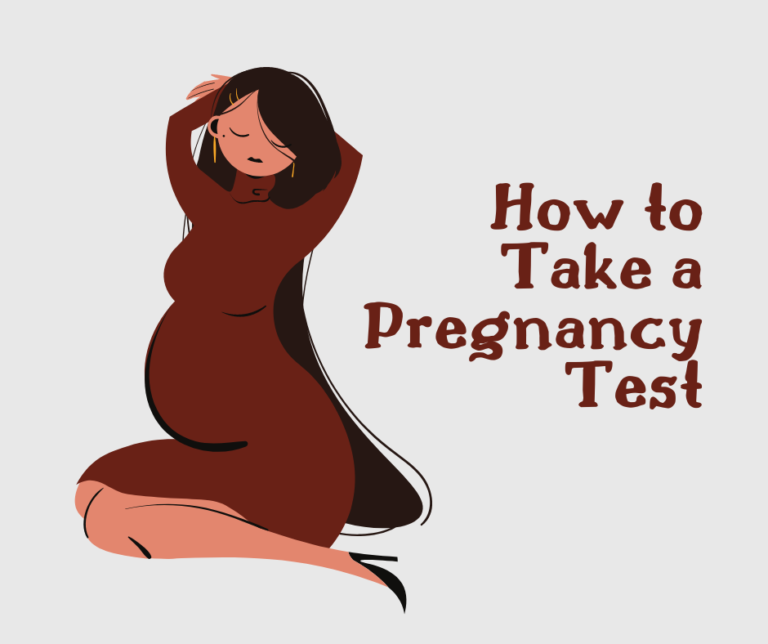The LASIK eye doctors in Orange County are really into space so when they find out that in 2009, astronaut Michael Barratt saw something weird in space, they got very interested.
Doctor Moosa, a LASIK surgeon in Orange County tells us this happened when the astronaut was in the middle of his six-month mission aboard the International Space Station. He started to notice objects that used to appear clear began to look blurry. This is when Micheal Barratt got concerned and asked a crewmate to examine his eyes.
The leading laser eye surgery specialist says Barratt’s crewmate saw the “classic signs” of a vision issue caused by long stays in space. When Barratt returned the favor and examined his crewmate’s eyes, he realized he too, had the same signs.
For many LASIK doctors in Orange County, this comes as no surprise since they were not the first astronauts to experience vision changes in space. As a matter of fact, four years earlier, astronaut John Phillips had the same issues on the space station.
However, nowadays, astronauts are not the only ones who get to float around space. For instance, billionaires Jeff Bezos and Richard Branson have both experienced low gravity. Even much-beloved Star Trek actor William Shatner has managed to become a legitimate space explorer five decades after captaining the Starship Enterprise.
Most remarkably for LASIK patients is the group of four civilians with average day jobs who completed the three-day SpaceX mission on Inspiration4. They orbited the Earth without a trained astronaut onboard for the first time in history.
Although these unworldly vacations call for a huge celebration and a victory that humankind can visit space, we often forget that the human body was never built to leave the good, old planet Earth. Within the eyes of overwhelmed astronauts, things are altering, and these alterations could be permanent.
Weightlessness Physically Alters The Structure Of Your Eyeballs
The body is made up of complicated systems that have spent many years adapting to a world where gravity exists. However, when gravity changes, things can go amiss.
One of these issues is a space-associated neuro-ocular syndrome or its abbreviation SANS.
No one actually understands the condition, but ongoing studies gradually give scientists a better picture of what happens inside the eye.
SANS can set specific symptoms into being:
- Blurry near vision
- Worsening distance vision
- Blind spots in vision
- Headaches
These symptoms are caused partly by an enlargement of the optic disc, the small spot where the optic nerve connects to the back of the eye (the retina). The optic nerve sends light signals from the retina to the brain, but those impulses must go through the optic disc first.
Two related suspects are globe flattening and increased choroidal folds. Globe flattening means an unnatural leveling of the back part of the eye; choroidal folds are grooves that evolve within the retina.
A 2011 examination of ophthalmic discovery in seven long-duration astronauts found some or all of these eye alterations. In 2021, a case study involving long-term astronauts Scott Kelly and Mikhail Kornienko displayed similar results.
If you want to know about how space changes our eyeballs or would like to know about the laser eye surgery cost, contact us at Excel Eye Vision Institute.










